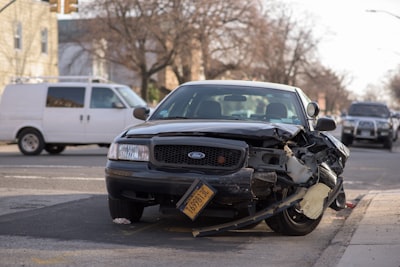A personal auto policy has two major coverages for damage to your car known as comprehensive coverage and collision coverage. You’ve probably heard the names before, but you might not be sure what the difference is. After all, they both provide coverage for damage to your vehicle, and they both have a deductible that you pay. Here’s a quick explanation of the difference between comprehensive and collision. 
What is collision coverage?
Collision coverage is the more straightforward of the two. Collision provides coverage for damage to your vehicle when you hit something else. Whether it’s another vehicle, a wall, or a parking garage pillar, if you damage your car in a collision, you’re covered.
What is comprehensive coverage?
Comprehensive coverage is sometimes called “other than collision” coverage, because it covers most other causes of damage that collision won’t. If collision is coverage for when you hit something, comprehensive is coverage for when something (other than another vehicle) hits you. The most common comprehensive claim is for rocks or other debris hitting your windshield, but other claims that comprehensive covers are things like hail, tree branches, or animals such as deer. One thing to keep in mind when making a comprehensive claim is that although it is not chargeable against you like a collision claim (in other words, it’s not considered “at fault”), insurance companies do still keep track of how many and how often you make claims, and may take action if you have too many.